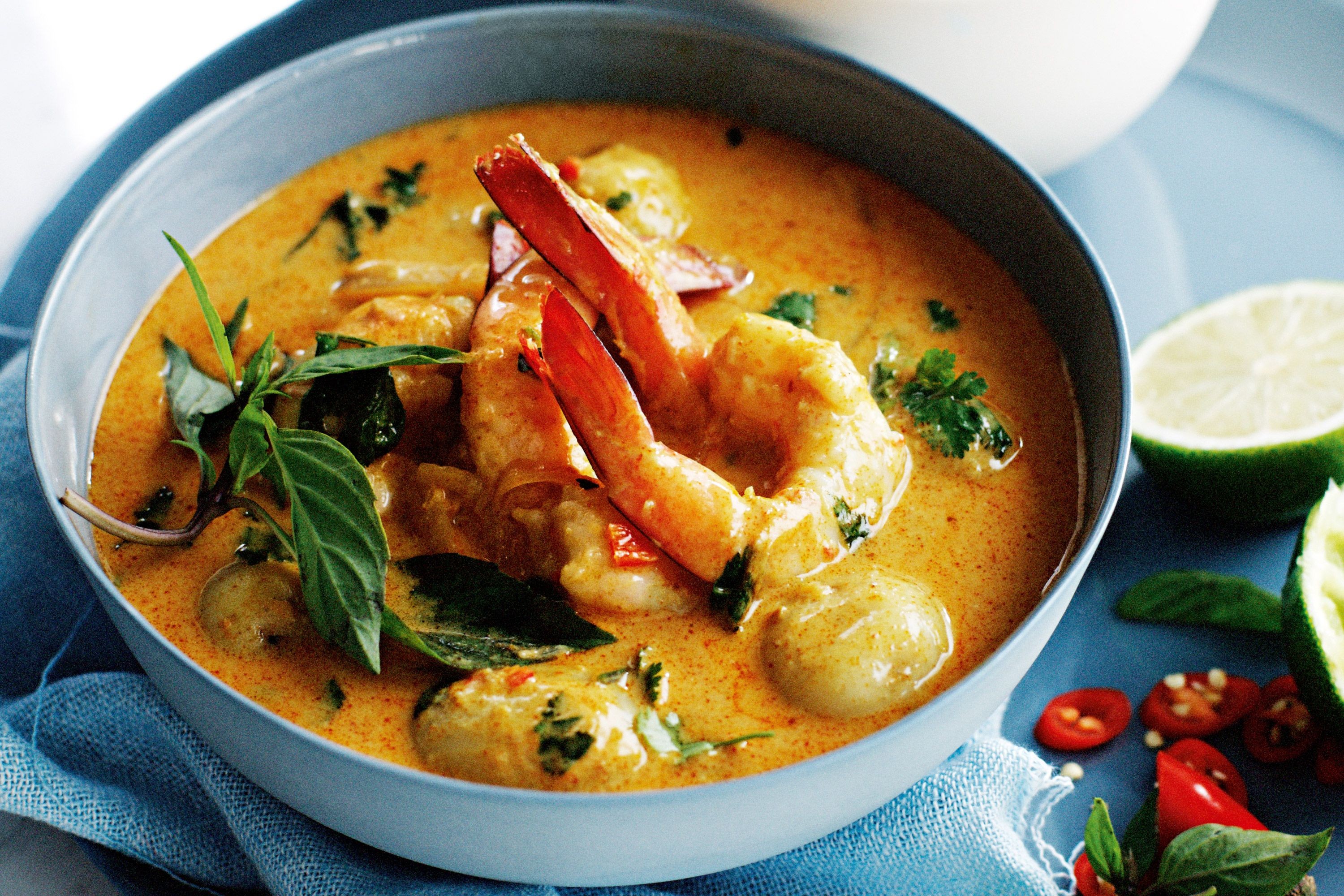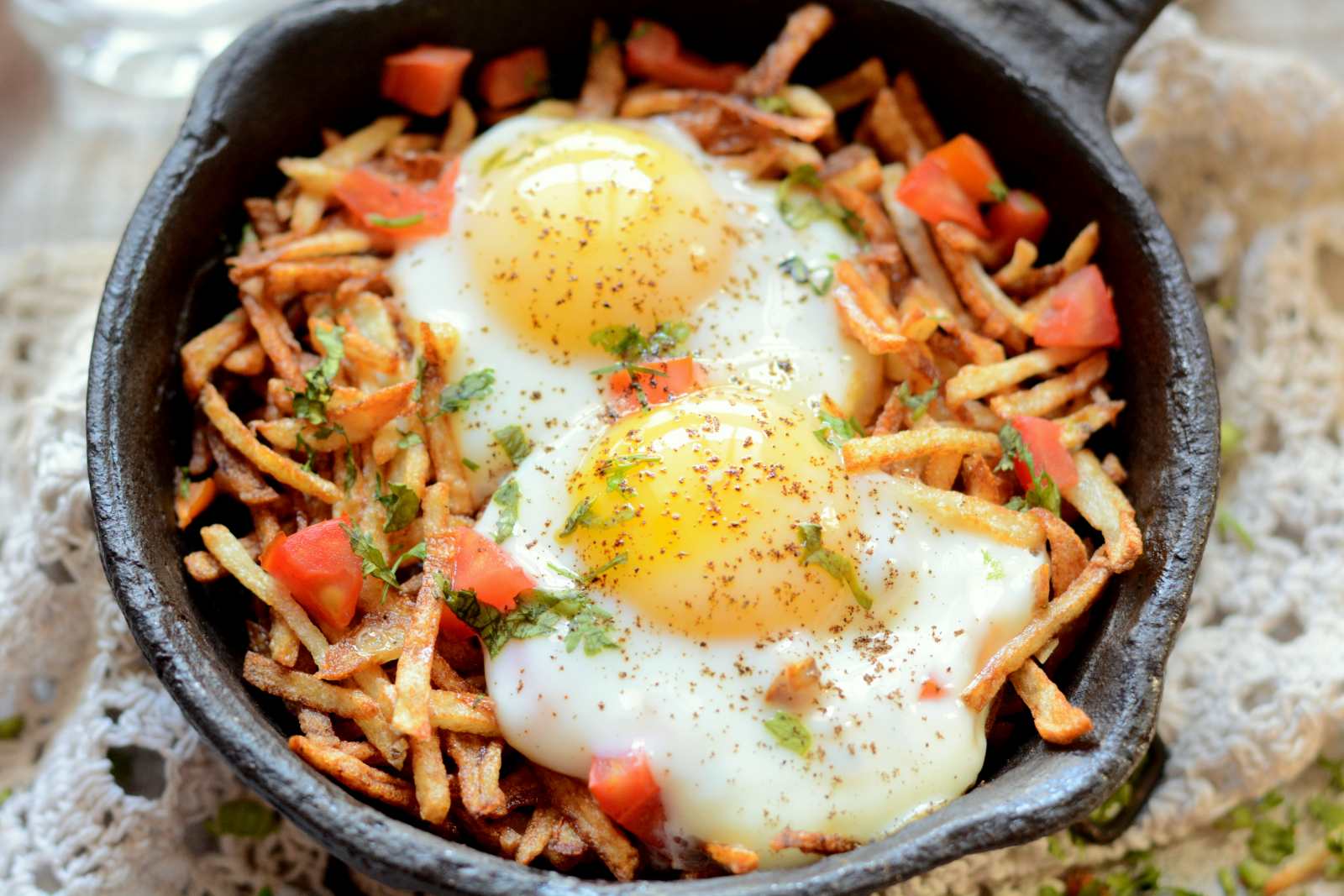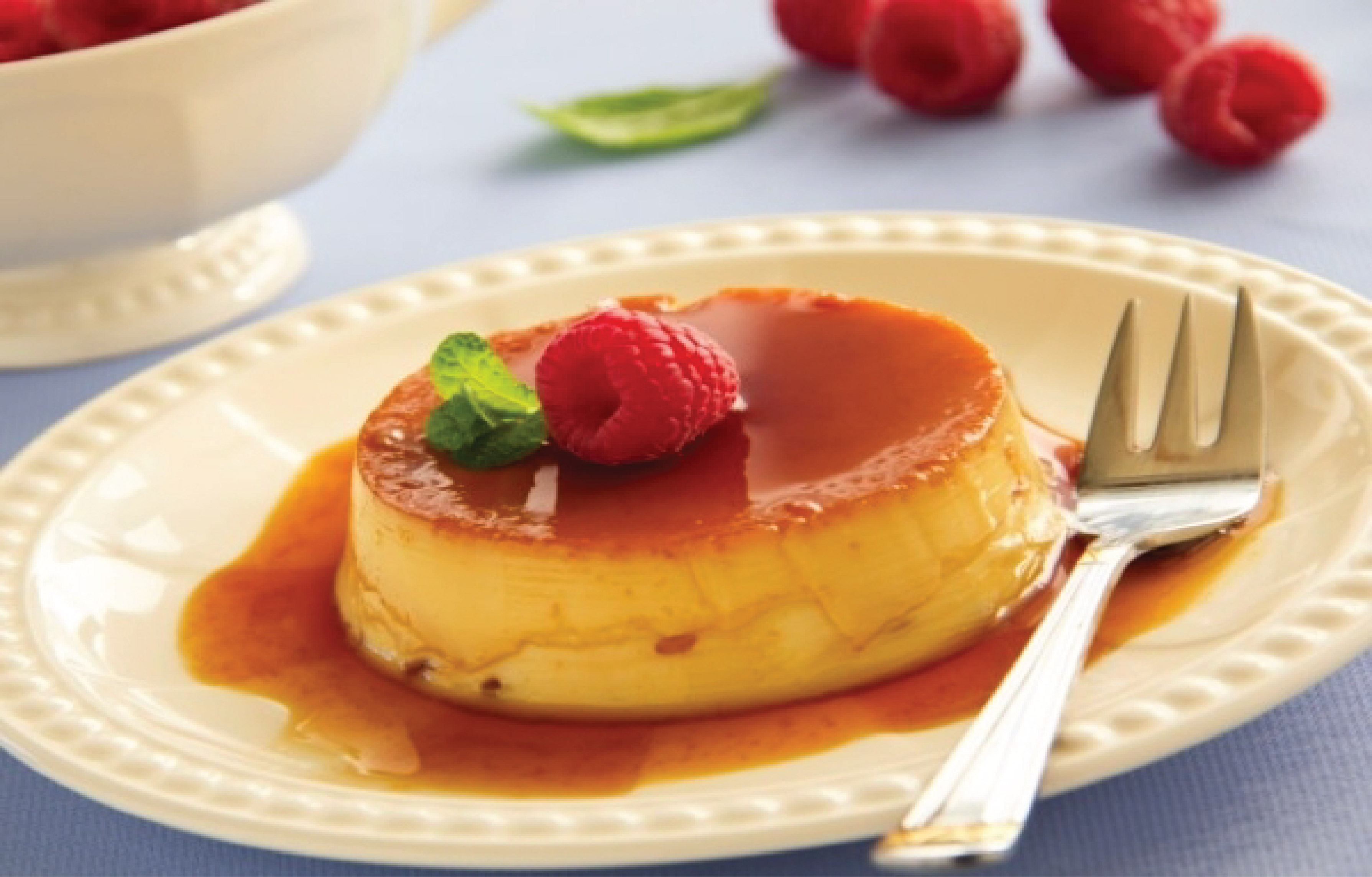Why is Parsi cuisine every meat-lover’s dream come true?
India is known to be home to a vast number of religions and cultures. One such group that has been gaining prominence in India, and also Pakistan, is the Parsi community. The word ‘Parsi’ denotes Persian in Gujarati. The Parsis are the largest group of Zoroastrians who migrated to India with the Islamic invasion of Persia, and have now come to be an important part of the Indian demographic.
The Parsis have a unique culture. The Parsi New Year, or the Jamshedi Navroz, is one such occasion which demonstrates their unique diversity. While Persian New Year is celebrated on the spring equinox as per the Iranian calendar, Parsis, going by the Shahenshahi, calendar celebrates it on August 17th every year. This holiday is celebrated largely in Maharashtra, and in some parts of Gujarat. Similar to every other New Year celebration, the Parsi New Year begins with the decoration of houses and prayers for a prosperous and happy year ahead. A customary practice is having a meal together with close friends and family, and the delicious and irresistible Parsi cuisine ensures that this practice is followed diligently every year.
Despite having roots in typical Persian and Gujarati cuisines, Parsi food has a flavour of its own and much of the food is a dream come true for every meat-lover. A traditional Parsi New Year meal can be expected to have the following dishes:
Patra ni Machchi (Fish)
This dish comprises freshly cooked fish wrapped in a coating of chutney enclosed in a banana leaf and steamed through. Fish is an integral part of the Parsi cuisine and other popular fish dishes include Saas ni Macchi (fish cooked in sweet and sour white sauce) and Tareli Maachi (fried fish). Patra ni Machchi is a favourite on wedding menus and is usually always seen on tables during Parsi holidays.

Dhansak
Dhansak is usually a mutton dish made with assorted ingredients. Two or three different types of lentils are stewed together bringing an aroma of varying flavours to the dish. This is followed by an addition of a choice of vegetables and the secret ingredient – Dhansak masala. In place of mutton, one can also choose to use chicken or any other meat, if any meat at all. However, since the Parsi cuisine centres on the flavour of meat, it would be considered a betrayal to prepare a vegetarian Dhansak on their beloved New Year.

Mamaiji’s Prawn Red Curry
Considered to be a matrilineal family recipe, Mamaiji’s Prawn Red Curry acquires its name from the fact that it is every grandmother’s speciality dish. The term ‘red curry’ leads to the misconception that this dish is similar to Thai or Indian cuisine, but a person thinking this could not be more wrong. The dish is an amalgamation of coconut and prawn that flows from its very aroma while stewing. A beloved dish that is both homely and exotic, and is every Parsi household’s hot favourite.

Sali per Eedu
‘Per Eedu’ translates to break an egg, which is considered to be a Parsi cook’s motto – when in doubt, break an egg. Parsi cuisine has every imaginable dish per eedu, such as kothmir (coriander) per eedu, bheeda (lady’s finger) per eedu, tomato per eedu and so on. However, it can (perhaps debatably) be said that sali per eedu is the most popular, consisting of tomatoes, potatoes and eggs. The dish can also be made with meat, as is the practice of most households.

Dar ni Pori
Parsi desserts carry on the legacy of the unique tastes of Parsi cuisine. Dar ni Pori is a dish with a freshly baked wholesome pastry pie stuffed to the brim with sweet and delicious lentils steamed together. This dessert dish is often featured at tea time and is a must-serve at all Parsi festivals. Despite being cumbersome to cook, this can be bought at some stores on Parsi New Year. Several households also choose to make and sell this dish to the local public and neighbours and friends from time to time.

Lagan nu Custard
Parsi custard gives typical English custard a good run for its money. This variation of custard features the addition of condensed milk to regular milk, eggs and sugar which is laced with nutmeg and cardamom for that authentic Parsi taste. Easy to eat and also to prepare, this dish is also a hot favourite at Parsi celebrations.
While Parsi food can sometimes be made to serve vegetarians (by replacing meat with veggies), it is traditionally a meat dominated cuisine. Most Parsi vegetarians make an exception for fish and egg which, due to their status of not being ‘meat’, are considered vegetarian dishes. For every meat lover, however, Parsi cuisine is a dream comes true as it includes not just different varieties of meat but also an aromatic blend of spices and flavours which can make any person’s mouth water.

Make the best of this Parsi New Year and head out to try some of these delightful delicacies of the Parsi world. Make sure to try them with a side of Vasanu which is Parsi fudge – a drool-worthy winter speciality consisting of a mix of dried fruits, and nuts that most people have probably never even heard of. Explore dishes that are off-beat this August 17th, and live to tell the tales of another one of India’s multiplicity of cultures. Head out to Casa Tesoro, our exotic resort in Daman, and treat your taste buds with the must-try dishes at Sterling Resorts.

